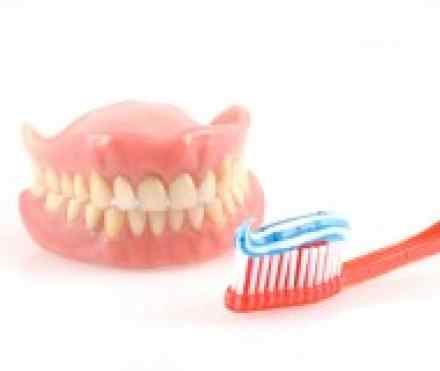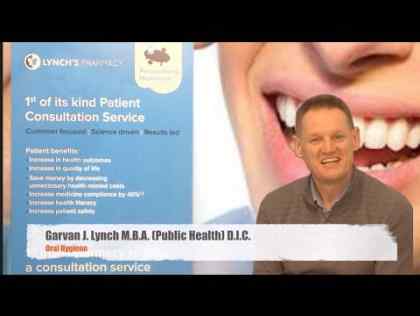
What is it?
- Gingivitis is a very common and mild form of gum (periodontal) disease that causes swelling (inflammation) of your gums. Because gingivitis can be so mild, you may not be aware that you have the condition. But it's important to take gingivitis seriously and get it treated because it can lead to much more serious gum disease.
- If your gums are swollen and bleed when you brush, you may have gingivitis. The most common cause of gingivitis is poor oral hygiene. Good oral health habits, such as daily brushing and flossing, can help prevent gingivitis.
Symptoms
Signs and symptoms of gingivitis may include:
- Swollen gums
- Soft gums
- Occasionally, tender gums
- Gums that bleed easily when brushing or flossing
- Bad breath
- A change in the color of your gums from a healthy pink to dusky red
Because gingivitis is seldom painful, you can have gingivitis without even knowing it. You may first realize something's wrong when you notice that the bristles of your toothbrush are pink — a sign that your gums are bleeding with just slight pressure.
Causes
Gingivitis almost always begins with plaque. This invisible, sticky film is composed mainly of bacteria. Plaque forms on your teeth when starches and sugars in food interact with bacteria normally found in your mouth. Brushing your teeth removes plaque. But plaque re-forms quickly, usually within 24 hours.
Plaque that stays on your teeth longer than two or three days can harden under your gumline into tartar (calculus). Tartar makes plaque more difficult to remove and acts as a reservoir for bacteria. What's more, you usually can't get rid of tartar by brushing and flossing — you need a professional dental cleaning to remove it.
The longer that plaque and tartar remain on your teeth, the more they irritate the gingiva, the part of your gum around the base of your teeth. In time, your gums become swollen and bleed easily.
Risk factors
Factors that can increase the risk of gingivitis include:
- Poor oral health habits
- Tobacco use
- Diabetes
- Older age
- Decreased immunity, such as that occurring with leukemia or HIV/AIDS
- Certain medications
- Certain viral and fungal infections
- Dry mouth
- Hormonal changes, such as those related to pregnancy
- Poor nutrition
- Substance abuseIll-fitting dental restorations
Although anyone can develop gingivitis, many people first experience gum problems during puberty and then in varying degrees throughout life.
Complications
Untreated gingivitis can progress to periodontitis, a much more serious form of gum disease. Periodontitis can cause tooth loss and may even increase your risk of heart attack and stroke. What's more, women with periodontitis are far more likely to give birth to premature babies than are women with healthy gums.
Diagnosis
Diagnosis of gingivitis is generally simple. Diagnosis is based on your description of symptoms and an exam of your mouth and tongue. Your dentist will look for plaque and tartar buildup and may check for easy bleeding.
If it's not known what has caused your gingivitis, your dentist may recommend that you get a medical evaluation to check for underlying medical conditions.
References:
http://crest.com/en-us/oral-care-topics/gingivitis/gingivitis-home-treatment
http://www.healthline.com/health/gingivitis
http://www.colgate.com/en/us/oc/oral-health/conditions/gum-disease/article/what-is-gingivitis-signs-and-symptoms
https://en.wikipedia.org/wiki/Gingivitis
http://www.medicinenet.com/gum_disease/article.htm


